Monstera dubia, also known as the Shingle Plant, is a tropical houseplant prized for its unique leaves and vining growth habit. In this blog post, we’ll explore everything you need to know about caring for and propagating this eye-catching plant.
Introduction
Monstera dubia is a flowering plant in the Araceae family, native to Central and South America. It’s named for its leaves, which resemble shingles or tiles overlaying one another up the trailing stems.
Unlike its popular cousin Monstera deliciosa, M. dubia is a smaller, more compact variety that maxes out at around 3 feet in height. Its leaves are solid deep green, without the iconic splits and holes of M. deliciosa.
Natural Habitat
In its native tropical habitat, Monstera dubia grows as an epiphyte, clinging to tree trunks and branches high in the rainforest canopy. Here it receives dappled sunlight, consistent moisture and humidity, and abundant air circulation.
As a Houseplant
When grown as a houseplant, M. dubia retains its jungle origins. It thrives in bright, indirect light and high humidity. If happy, it will vigorously trail from a hanging basket or climb up a moss pole. Proper care leads to lush, vibrant foliage and even occasional white flowers.

Characteristics
Foliage
- Deep green, leathery, oval-shaped leaves
- Matures to 3-5 inches long
- Young leaves start out heart-shaped
- Leaves arrange closely together along the stem in a shingle-like pattern
- Lacks the fenestrations (holes) seen in Monstera deliciosa
Growth Habit
- Vine-like tropical plant
- Left alone, trails as a hanging plant up to 3 feet long
- Climbs readily up a support or stake with aerial roots
- Sends out runners and baby plantlets for propagation
Flowers & Fragrance
- Rarely flowers indoors
- White flowers with purple spathe when mature and happy
- Fragrant fruit develops but is rarely produced indoors
To understand how Monstera dubia differs from other varieties, explore our detailed overview of different types of Monstera plants.
Why Choose Monstera Dubia?
Monstera dubia offers unique tropical flair perfect for jungle-themed rooms or terrarium displays. Here’s why it makes an excellent houseplant:
Thrives in Home Conditions
While many tropicals struggle with low humidity and insufficient light indoors, Monstera dubia adapts well to typical household environments. Its leathery leaves help retain moisture even in dry air.
Trails & Climbs Naturally
Without any direction, M. dubia sends out trailing stems perfect for hanging baskets. But it also happily climbs up a moss pole, coco fiber totem, or decorative plant support.
Lower Light Tolerance
Although bright, indirect light keeps it most vibrant, Monstera dubia handles lower light areas better than many tropicals. Its smaller stature and lack of fenestrations limits how much light it needs to thrive.
Easy Propagation
This fast-growing vining plant propagates readily from stem cuttings rooted in water, moss, or potting mix. Just snip a healthy stem with a few leaves and watch roots develop within weeks.
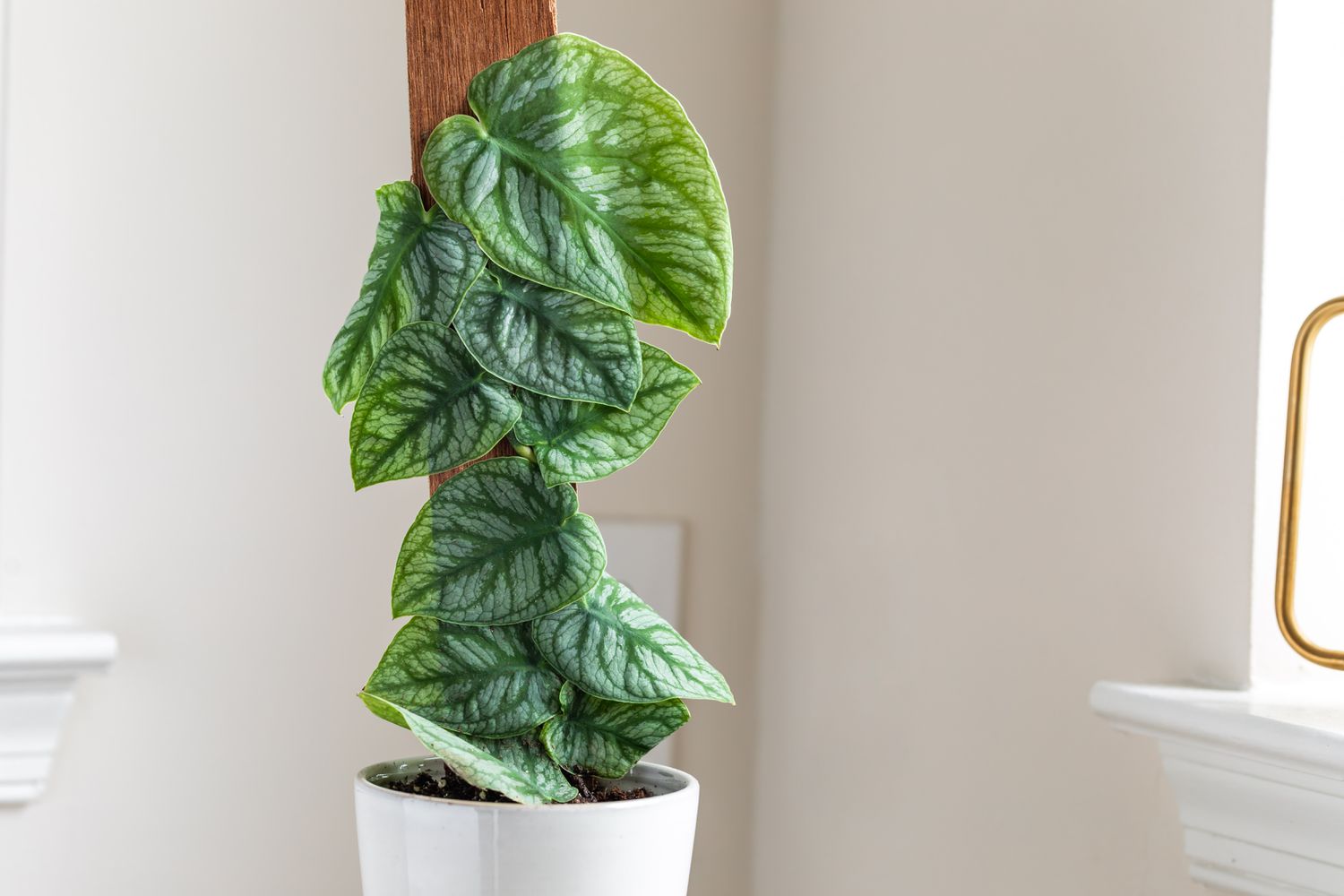
“Unleash the beauty of nature in your home with the exquisite Monstera Dubia! Click now to bring this stunning plant into your life and transform your space. Don’t wait, your green oasis awaits!”
Caring for Monstera Dubia
Caring for Monstera dubia closely resembles that of other tropical aroids like Philodendron. With attention to sunlight, water and humidity, it’s an easy-care houseplant sure to thrive. While caring for Monstera dubia closely resembles that of other tropical aroids, you can find more general care tips in our comprehensive guide on Monstera care.
Sunlight Needs
- Thrives best in bright, indirect sunlight
- East or west-facing windows recommended
- Can tolerate low to moderate light
South-facing windows provide too intense light over time, causing leaf scorch. Meanwhile, dark corners of the house won support vigorous growth long-term. Careful attention to lighting prevents stretched, weakened stems prone to disease.
Watering Habits
- Allow soil to partially dry between waterings
- Increase frequency with higher light and temperatures
- Decrease water in winter during dormancy period
- Water less if humidity is very high
- Always pour off excess water in drip tray
The most common reason for decline is overwatering. While Monstera dubia enjoys consistently moist soil, soggy roots quickly lead to root rot. Allow more time between watering in cooler weather when growth has slowed.
Temperature Preferences
- Prefers average room temperatures 60-80 °F
- Can tolerate slightly cooler temps at night
- Move away from cold drafts and heating vents
As a tropical native, Monstera dubia thrives best in warm, steamy conditions reminiscent of its rainforest habitat. Temperatures below 50°F slow growth dramatically and may damage leaves.
Humidity Needs
- Prefers average home humidity 40-60%
- Supplemental humidity beneficial through pebble tray or humidifier
- Mist leaves occasionally to boost moisture
Hailing from humid rainforests, Monstera dubia welcomes rainforest-like humidity around its foliage. If the air grows too dry, the leaf tips and margins may turn brown. Group container plants or use pebble trays to raise local humidity levels.
Fertilizer Requirements
- Fertilize monthly in spring through summer
- Use balanced liquid houseplant fertilizer diluted by half
- No fertilizer needed in fall and winter
Ramp up feeding during the active growth period from spring to fall. Look for signs of new stem and leaf growth emerging to determine the best timing. Ease off fertilizing over winter when light and temperatures drop substantially.
Support Needs
- Grows best supported by a moss pole or plant totem
- Use soft plant ties to gently encourage climbing stems
- Without support, becomes a trailing hanging plant
In nature, Monstera dubia climbs high into rainforest canopies clinging to tree bark and limbs. Provide a similar vertical support indoors to showcase its natural vining habit. As babies form along the stems, attach these to the support as well with loose plant ties.

Where to buy Monstera dubia? Benefits from importing plants from Thailand
- Shipping: Door to door shipping, fast and safe with Dragon Courier
- Biodiversity: Thailand is known for its rich biodiversity, including a wide variety of aroid species. This diversity allows importers to access a broad range of unique and exotic aroid plants.
- Quality and Health of Plants: The suitable climate helps the plants grown here stay healthy and of high quality.
- Cost-Effectiveness: Due to favorable growing conditions and efficient production methods, Thai aroid plants can often be more cost-effective compared to those from other countries.
- Access to Hybrid Varieties: Thai growers are often involved in the development of new hybrid aroid varieties, offering unique plants that may not be available from other sources.
Monstera species are the most sought after by aroid plant lovers
Common Issues and Solutions
When provided proper care, Monstera dubia remains pest and disease resistant. But certain environmental imbalances can lead to common houseplant issues.
Drooping or Wilting
Leaf drooping and stem wilting often indicates inconsistent watering. Overwatered plants develop weakened roots prone to rot in soggy soil. Under-watered plants shrivel from lack of moisture. Strive to maintain evenly moist but not wet soil.
Leaf Spotting & Discoloration
If leaf spots, scorching, yellowing or browning appear, excessive sunlight or dry air may be to blame. Filter harsh light or move plant farther away from windows. Use sheer curtains or adjustable blinds to control intensity through seasons. Boost humidity through grouping or pebble trays.
Slow Growth
Inadequate lighting, low temperatures, or insufficient feeding lead to noticeably slow growth. Assess sunlight exposure and move plant to a brighter location if possible. Keep indoor temperatures above 60??F year-round. Fertilize regularly in spring through fall.
Root Rot
Overwatering is the most common reason for weakened, blackened roots. Allow more time between waterings and never leave standing water in a tray beneath the pot. If advanced rot sets in, take stem and leaf cuttings to propagate in fresh potting mix.
With attentive care and suitable growing conditions, Monstera dubia makes an easy, undemanding houseplant suitable even for beginners. Correct any environmental imbalances at the first sign of distress, and this trailing tropical will flourish for years to come.
FAQs
How do I propagate Monstera dubia?
Propagating Monstera dubia from stem cuttings is quite simple. Use a sterile, sharp knife or pruners to remove a stem with a couple of leaves. Allow the cut end to callous for a few days. Then place it in water, sphagnum moss, or well-draining potting soil. New roots emerge quickly, sometimes in only a week or two.
What type of soil does it need?
Monstera dubia thrives in a well-draining potting mix amended with perlite, orchid bark, coco coir, or horticultural charcoal. This creates lots of air pockets around the roots. Avoid standard potting soil, as this can become waterlogged.
Why are the leaf tips turning brown?
If the leaf edges or tips turn crispy brown, the most likely cause is inconsistent watering leading to temporary drought stress. It also indicates the humidity level around the foliage is too low. Try grouping plants together, using pebble trays of water, or misting more frequently to boost the moisture level surrounding the leaves.
What kind of support should I use?
Moss poles made from New Zealand sphagnum moss work exceptionally well to provide a natural climbing support reminiscent of rainforest tree bark. You can also attach aerial roots to hunks of coco fiber, flexible plant obelisks and trellises, or a simple wooden stake.
Conclusion
With its trailing vines, shiny evergreen leaves, and jungle origins, Monstera dubia brings unique tropical flair as a houseplant. Caring for this plant closely resembles other aroids like Pothos and Philodendron. Provide bright, indirect light, consistent moisture, average room temperatures and above 40% humidity. Propagate new plants easily from stem cuttings. Train climbing stems up moss poles or decorative supports. Address environmental imbalances quickly to maintain health. When properly cared for, Monstera dubia adapts readily to indoor life for anyone seeking lush, trailing foliage.

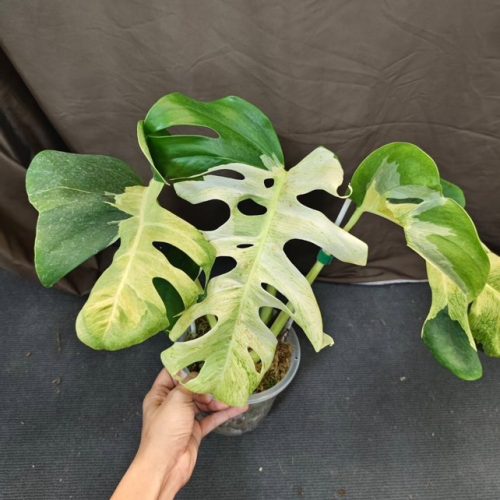
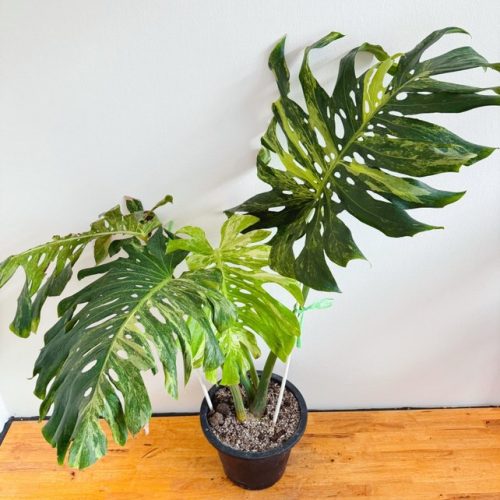
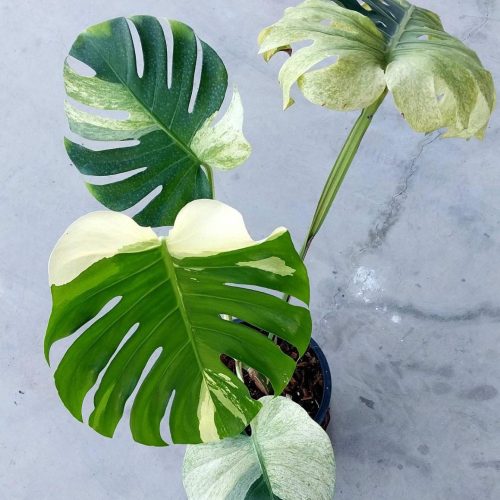
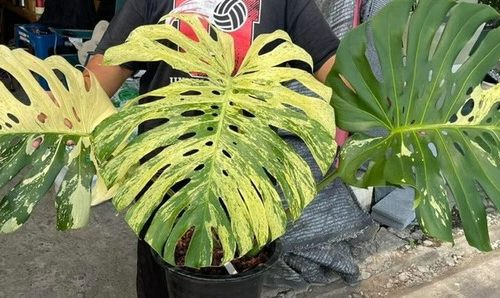
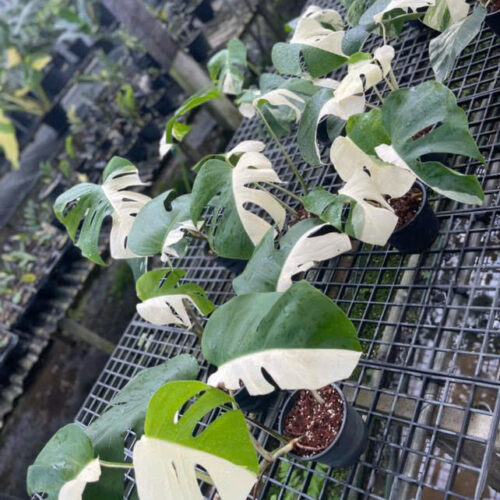
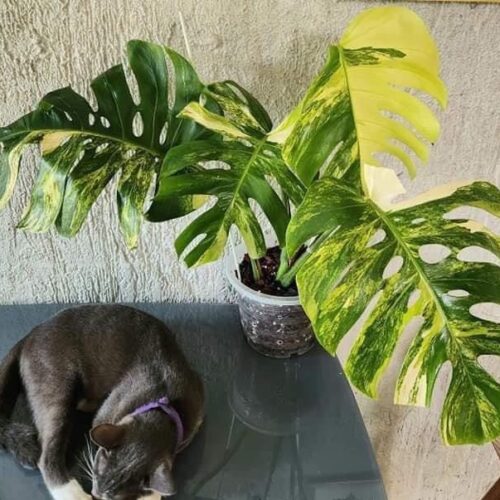

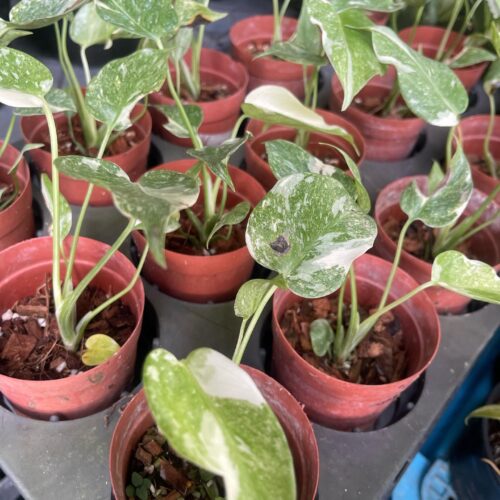
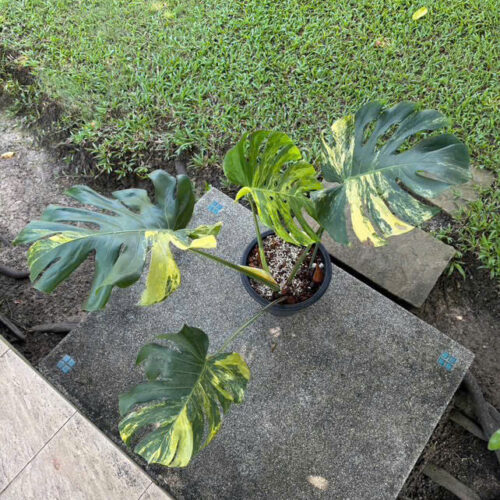
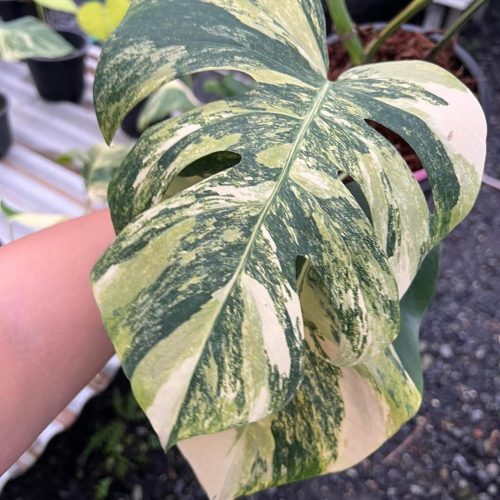


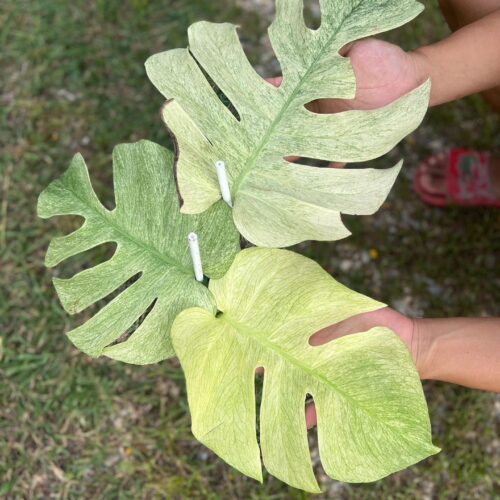

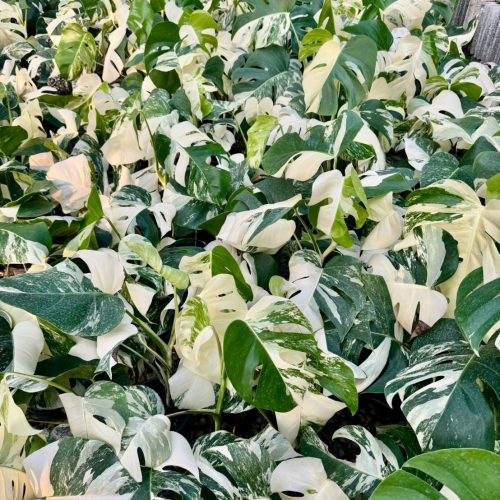

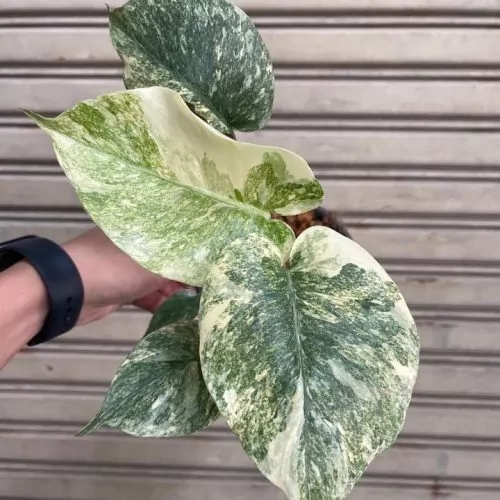
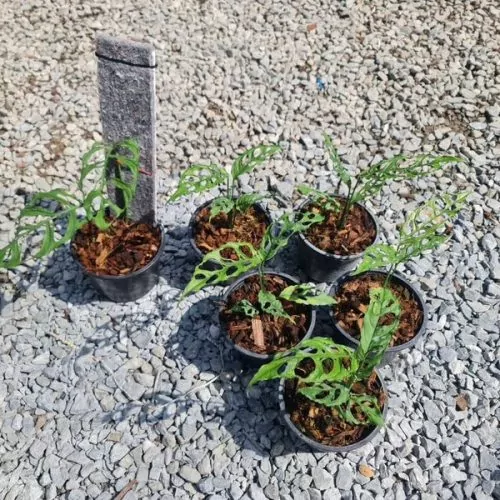
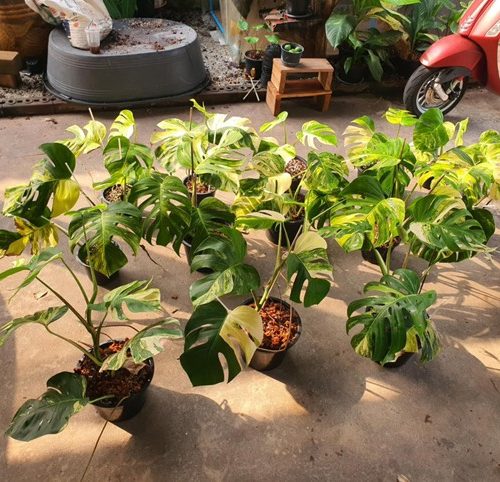


1 thought on “Monstera Dubia Care: A Complete Guide to Growing & Maintaining Your Plant”